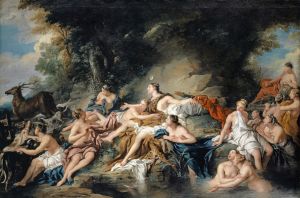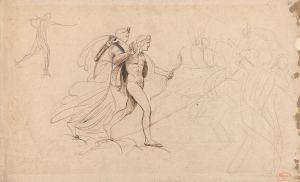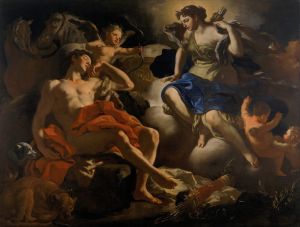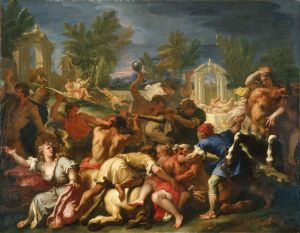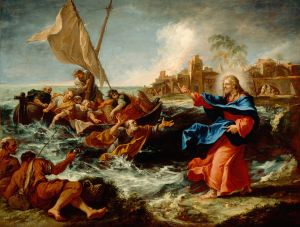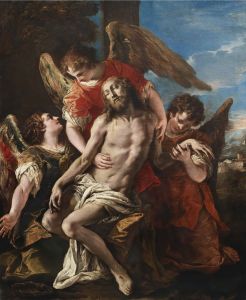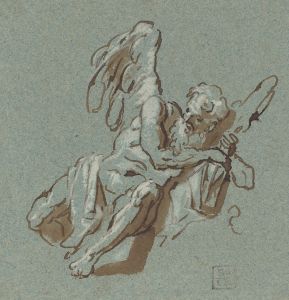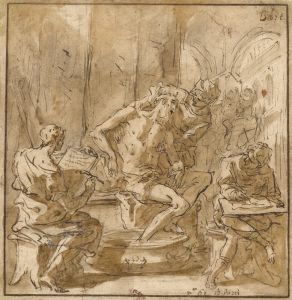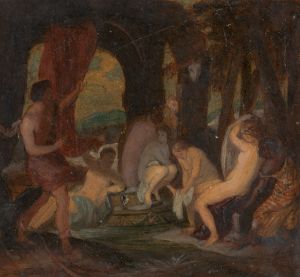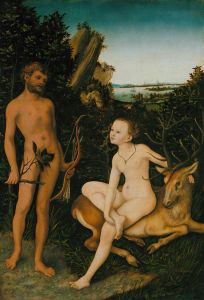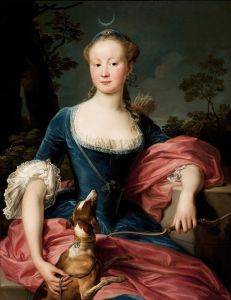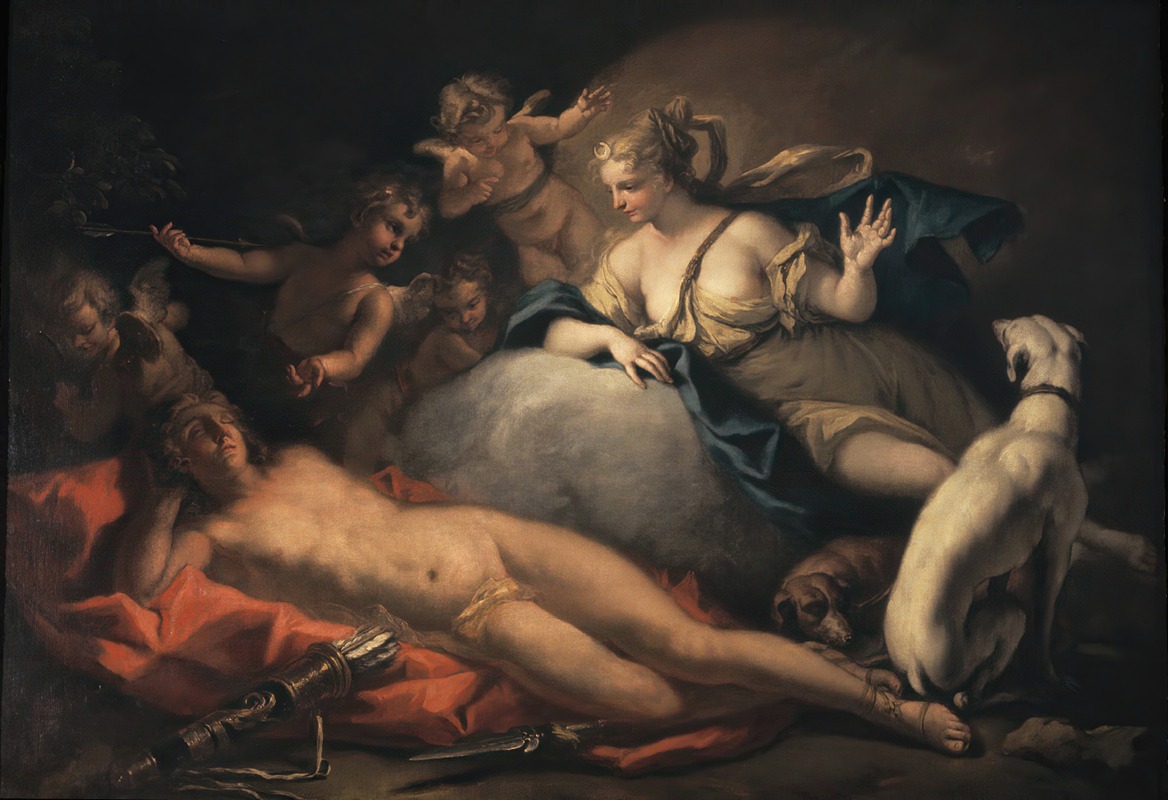
Diana and Endymion
A hand-painted replica of Sebastiano Ricci’s masterpiece Diana and Endymion, meticulously crafted by professional artists to capture the true essence of the original. Each piece is created with museum-quality canvas and rare mineral pigments, carefully painted by experienced artists with delicate brushstrokes and rich, layered colors to perfectly recreate the texture of the original artwork. Unlike machine-printed reproductions, this hand-painted version brings the painting to life, infused with the artist’s emotions and skill in every stroke. Whether for personal collection or home decoration, it instantly elevates the artistic atmosphere of any space.
Sebastiano Ricci's painting Diana and Endymion is a work by the renowned Venetian Baroque painter, created during the late 17th or early 18th century. Ricci, known for his dynamic compositions and vibrant use of color, was a prominent figure in the development of the Rococo style in Italy. This painting reflects his mastery of mythological themes, which were a popular subject in Baroque and Rococo art.
The artwork depicts the mythological story of Diana, the Roman goddess of the hunt, and Endymion, a mortal shepherd. According to classical mythology, Diana fell in love with the handsome Endymion, who was granted eternal sleep by Zeus, allowing him to remain youthful forever. This myth has been a recurring theme in Western art and literature, symbolizing themes of love, beauty, and immortality.
In Ricci's interpretation, Diana is shown descending from the heavens to visit the sleeping Endymion. The composition is characterized by its dramatic use of light and shadow, a hallmark of Baroque art, which enhances the romantic and dreamlike atmosphere of the scene. Diana is often portrayed with her traditional attributes, such as a crescent moon on her forehead, while Endymion is depicted in a state of serene repose, emphasizing his eternal slumber.
The painting demonstrates Ricci's skill in creating fluid, dynamic figures and his ability to convey emotion through gesture and expression. The use of soft, luminous colors and the interplay of light contribute to the ethereal quality of the work, aligning it with the emerging Rococo aesthetic.
While the exact date of the painting's creation is not definitively known, it is consistent with Ricci's mature style, which he developed during his later career. Ricci's works were highly sought after by European patrons, and his influence extended beyond Italy, particularly in England and France.
The current location of Diana and Endymion is not specified in major public collections, and further details about its provenance or commission are not widely documented. However, the painting remains an example of Ricci's ability to blend mythological storytelling with the decorative elegance of the Baroque and Rococo periods.





